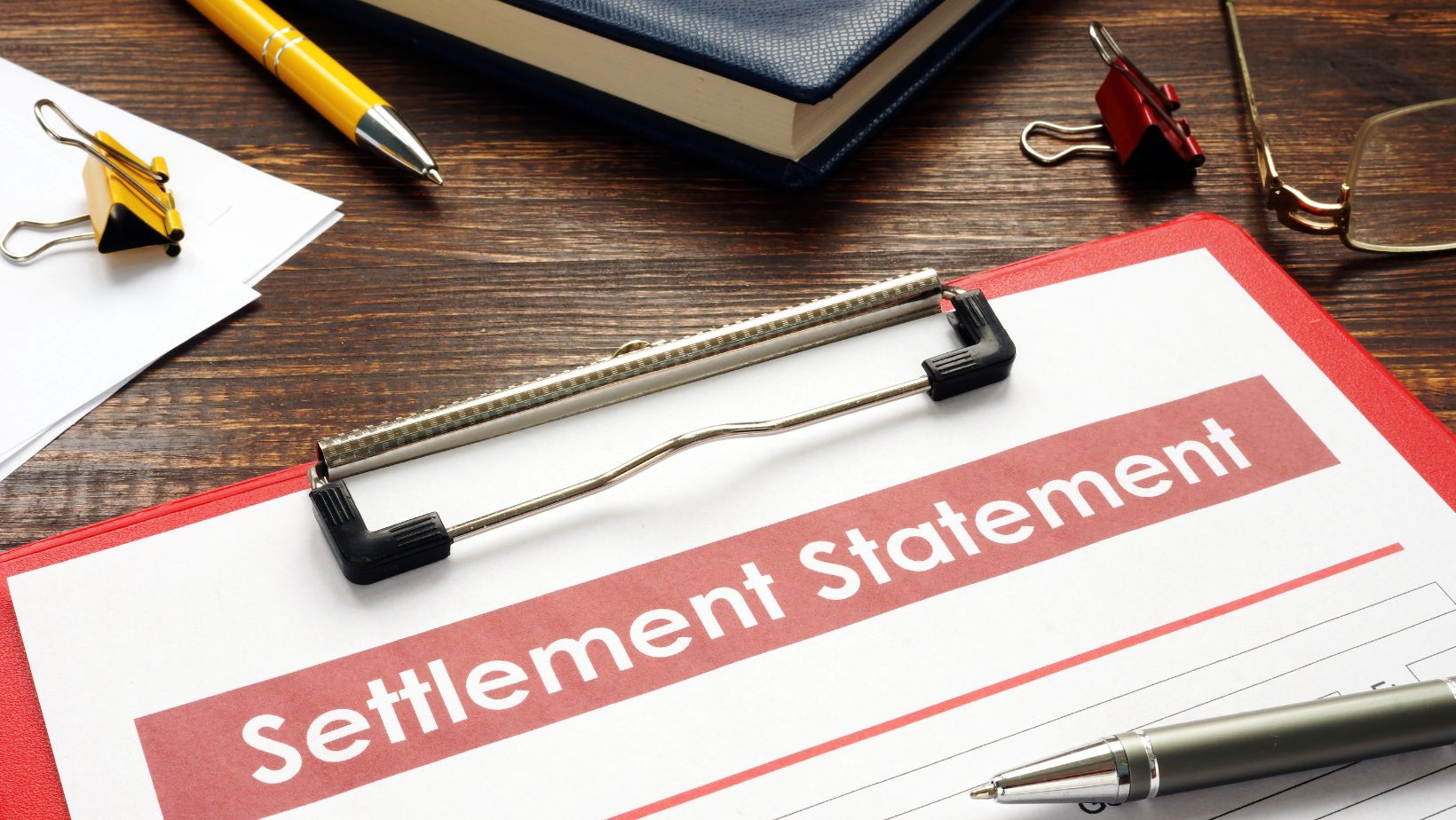At any age, debt can be paralyzing. Whether you’re swimming in credit card debt or struggling to pay a mortgage, you need a lifeline when you’re facing financial burdens. Fortunately, your life insurance policy can be a valuable source of help to pay down debt or cover costs. You can sell your policy to receive cash through a life settlement.
Before you take any action, however, it’s wise to understand fully what a life settlement entails and how it can help your situation. Read this guide to learn more.
Defining a Life Settlement
In short, a life settlement is the sale of your life insurance policy to a buyer. A financial institution or investment fund, for example, could be the buyer. The key advantage of a life settlement is the ability to receive more money than you would by giving back the policy to your insurance company. While you won’t receive the full death benefit payout, you will receive more than the cash surrender value, which is what you would receive after terminating the policy. After a life settlement sale, the buyer will be the one to pay the premium going forward and eventually collect the death benefit.
Using a Life Settlement to Lower Debt
A settlement can be a convenient way to help cover debt. Maybe you have personal loans you took out to help pay for home remodels, emergency expenses, moving costs, or credit card bills. Or maybe you found yourself in a difficult situation where paying your monthly mortgage payments became challenging.
A lump-sum payment through a life settlement can tackle medical debt and offer more of a cushion in your budget for daily expenses. By contrast, taking the cash surrender value or letting the policy end won’t reward you with as much money.
Know How to Protect Yourself
While a life settlement can sound like an easy solution to financial problems, you must be careful during the process. You’ll want to gather several offers from different institutions before deciding. And make sure you’re only working with licensed settlement providers. You can check state regulations to verify this.
Thanks to fintech solutions, pursuing life settlements has become easier. Financial institutions will be using real-time verification tools as they prepare offers and engage in financial transactions. You can learn more about tools like real-time mortality verification and its importance to ensuring compliance.
Look at what fees and commissions different institutions will require, too, since those will impact how much money you receive through the payout. Ask how escrow accounts factor into a transaction. And, of course, look at all financial documents before officially signing them.
Look at the Necessary Qualifications
Not everyone can get a life settlement. There are some common qualifications that you’ll need to meet. For starters, you’ll need to be over age 65 or facing significant health concerns. Additionally, your death benefit must be greater than $100,000 through whole, term, or universal policies.

If you’re under 65 and relatively healthy, you may strike out in pursuing a life settlement. That’s because a prospective buyer will anticipate paying premiums for years to come. The older you are, the more attractive you tend to be. When in doubt, talk with a tax consultant or estate planner to understand your options more clearly.
Considering a Life Settlement
A life settlement can be a useful way to maximize your life insurance asset. You can use the money to help cover medical debts or create a financial safety net. But you’ll need to understand how fees, taxes, and other details affect your net payout. When you investigate the options carefully, you can use a life settlement to create greater financial security in your life.
